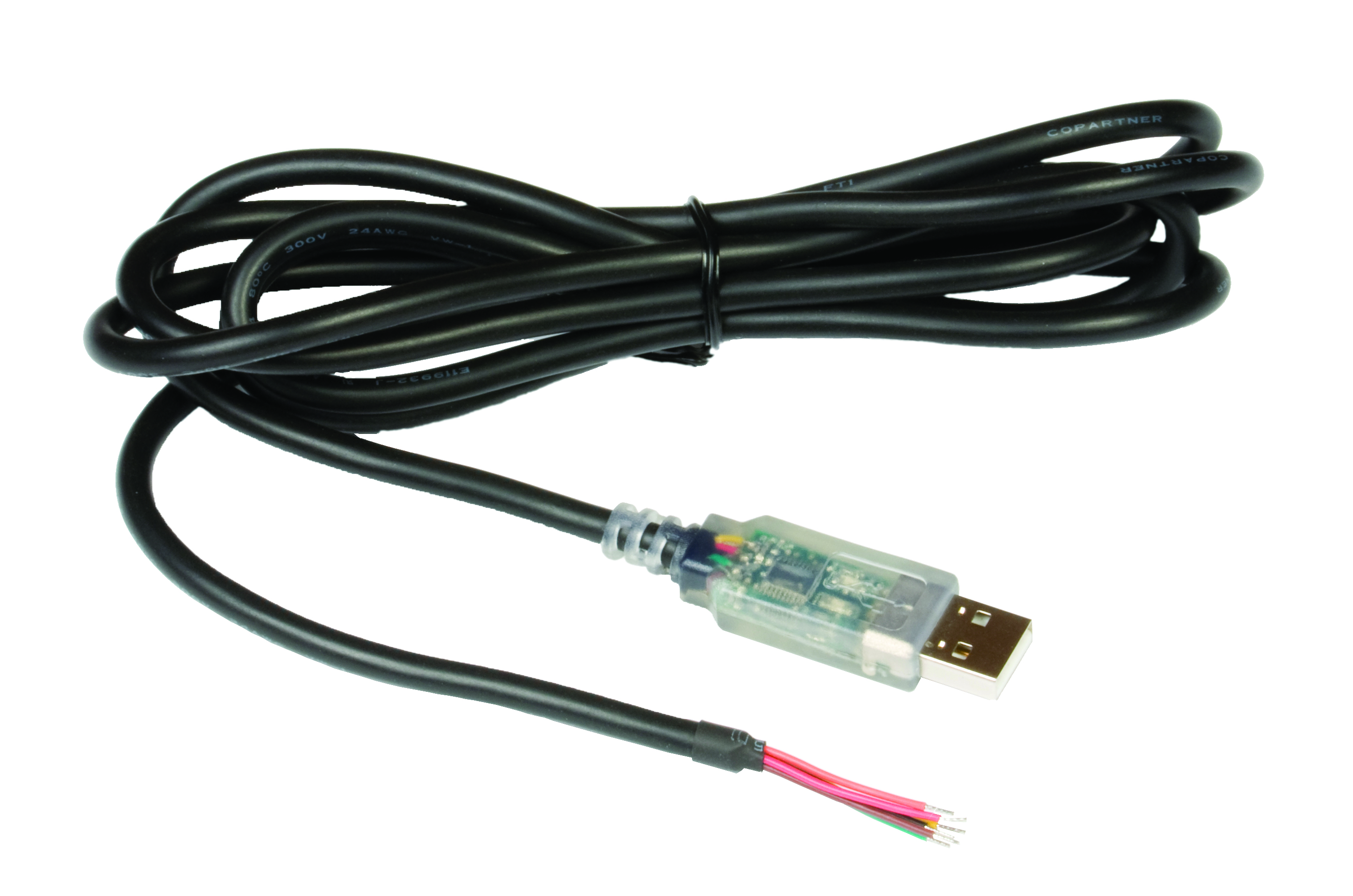Back in the 1980s the National Marine Electronics Association (NMEA) defined an interfacing standard that would revolutionise the way marine electronics operated together. For the first time a common standard was defined that allowed equipment from different manufacturers to talk to each other and do things that had previously been impossible.
After a few iterations (NMEA0180 and NMEA0182) the NMEA0183 standard was published and gradually manufacturers developed products that had NMEA0183 Inputs and Outputs that could be connected together. There were some teething problems but over time NMEA0183 established itself as a very compatible and reliable interface standard and even today most marine electronic systems have at least one NMEA0183 interface, although the newer NMEA2000 standard is gradually taking over.
Online information on NMEA0183 is fairly limited and often quite old, but Actisense publish a useful booklet on NMEA0183 and this website http://www.catb.org/gpsd/NMEA.html has also collected a lot of useful information on NMEA0183.
Testing NMEA0183 systems can be done in a number of ways. The simplest method, just to see if there is data being transmitted or not, is to place an LED across an NMEA0183 output. One way round the LED should flash and the other way round it will not flash. If the LED fails to flash in either direction then no NMEA0183 data is present. For more information on this type of LED test, please download our Tech Note by clicking here.
If after establishing that there is NMEA0183 present, you wish to go a step further and look at the raw data to see what messages are being transmitted then you will need an old laptop and an NMEA to USB adaptor cable like our Part# ZDIGUSBNMEA. This adaptor cable can easily be connected to any NMEA0183 Output (two wires) and then with suitable software running on the PC, the NMEA0183 data can be displayed and interpreted.
A few years ago, when Microsoft stopped including a utility called HyperTerminal in Windows Vista/7/8, Digital Yacht developed a useful NMEA Display program that is free to download from here. Our NMEA Display program is perfect for not only viewing the raw NMEA0183 data but also for interpreting and displaying the different fields of data i.e. Wind Speed, Depth or Heading. For more information on using this program and NMEA0183 in general, please refer to an earlier post we wrote, by clicking here.
With these simple tools and techniques, anyone can test and fault find NMEA0183 systems and with so many systems out there, it is a useful “string to your bow” that might just get you out of trouble.








The reader program looks fantastic. Glad to see someone still understands that NMEA0183 is here for decades to come!
The white paper NMEA 0183 Display Program contains a non-compliant connection instruction.
Here is a false premise, since NMEA 0183 v2.0 and higher uses RS422 interface standard. NMEA 0183 Display Program
“NMEA 0183 has become the most widely adopted standard for data communication in the Marine industry. Based on the old RS232 Serial Interface used on computer terminals data is transmitted as a series of high and low voltages between two pieces of wire. Although fairly simple in principle, NMEA 0183 interfacing causes a great deal of confusion for customers and hopefully this article will give some basic advice for fixing simple connection problems.”
NMEA requires the use of a voltage converter to maintain the proper levels when hooking RS422 to RS232. Furuno sells one made by Black Box Company, available widely, used occasional, left out often. Note that this may work through a short (1Meter) cable, but grounding one leg of an RS422 “talker” will cut the signal in half (voltage swing).
“Finally, if a piece of equipment just has a single wire Output+ but the equipment you are connecting to has a 2 wire input, take the Input- connection to the negative (0 volt) supply of the boat.”
Since laptops and USB to Serial Adaptors use RS232, a voltage converter should be used for PC connection if the “talker” is RS422 (NMEA2.0 and higher). For measuring data while troubleshooting, the “half voyage swing data” is usually adequate. Max wire length with grounded RS232 data is 15Meters, balanced RS422 is 100Meters and much more, but with 232 hooked to 422 without an adaptor, unpredictable..
Just FYI.
JB
John Barry john@technicalmarine.com http://www.technicalmarine.com
P: 847-746-0100 F: 262-697-7597
Technical Marine Support Inc. 11114 Lakeshore Drive Pleasant Prairie WI 53158
FCC License # PG1834898 AMEI Certification # 991 Raymarine Certification # RAY1277
NMEA Director- Great Lakes / Gulf Coast
Hi John, thanks very much for this additional information. It can get quite complicated when you start dealing with all of the different “real world” situations that we are regularly faced with, different manufacturers, different hardware, connecting to non-marine equipment like PCs, etc. Our article hopefully gave people an introduction to NMEA0183 but we would always recommend that customers consult NMEA dealers for more complicated installations.